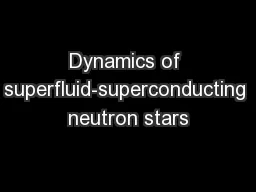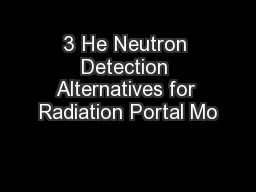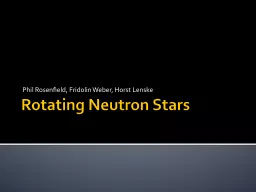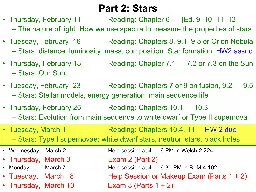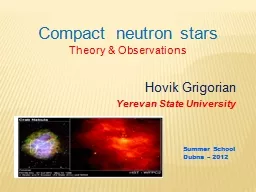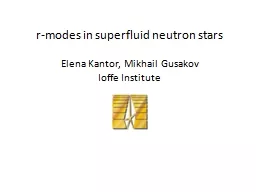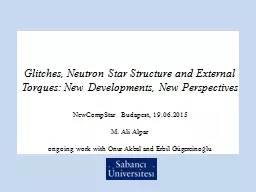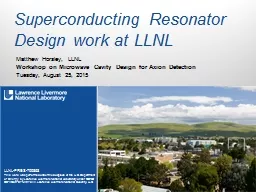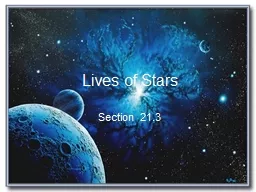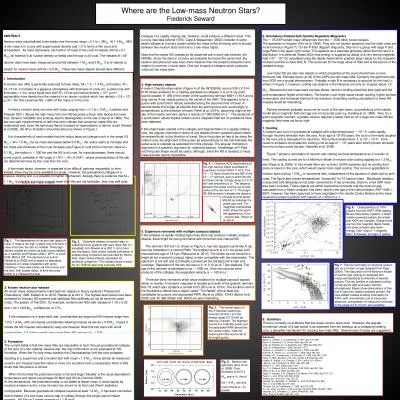PPT-Dynamics of superfluid-superconducting neutron stars
Author : test | Published Date : 2017-06-18
Mikhail E Gusakov Vasiliy A Dommes Ioffe Institute SaintPetersburg Russia Introduction It is generally accepted that baryons neutrons and protons in the internal
Presentation Embed Code
Download Presentation
Download Presentation The PPT/PDF document "Dynamics of superfluid-superconducting n..." is the property of its rightful owner. Permission is granted to download and print the materials on this website for personal, non-commercial use only, and to display it on your personal computer provided you do not modify the materials and that you retain all copyright notices contained in the materials. By downloading content from our website, you accept the terms of this agreement.
Dynamics of superfluid-superconducting neutron stars: Transcript
Download Rules Of Document
"Dynamics of superfluid-superconducting neutron stars"The content belongs to its owner. You may download and print it for personal use, without modification, and keep all copyright notices. By downloading, you agree to these terms.
Related Documents

